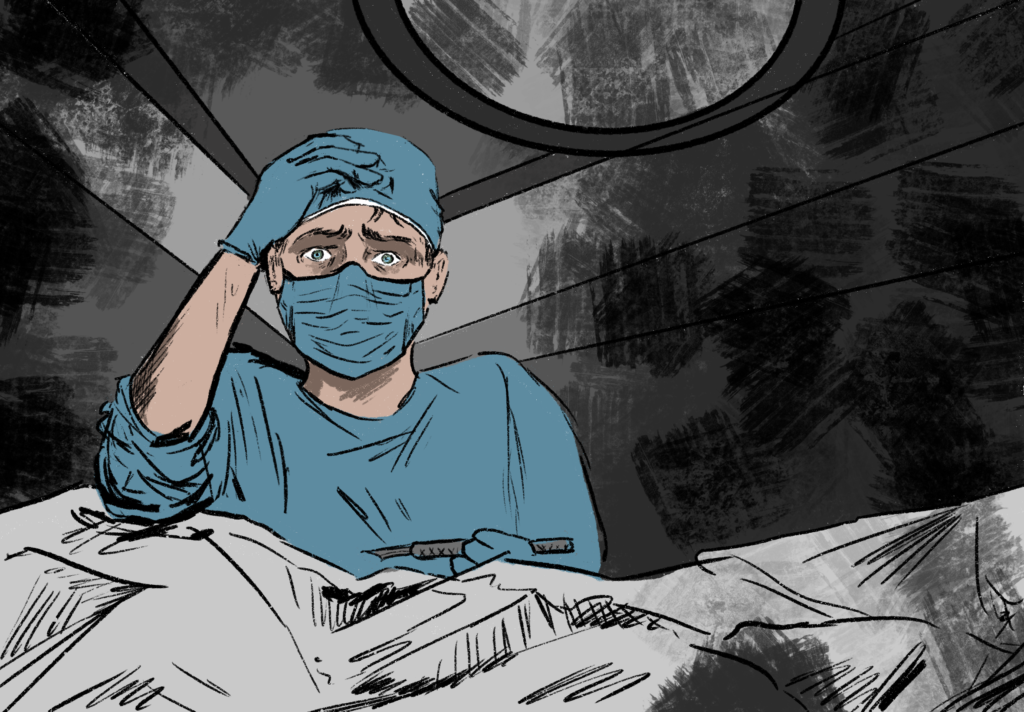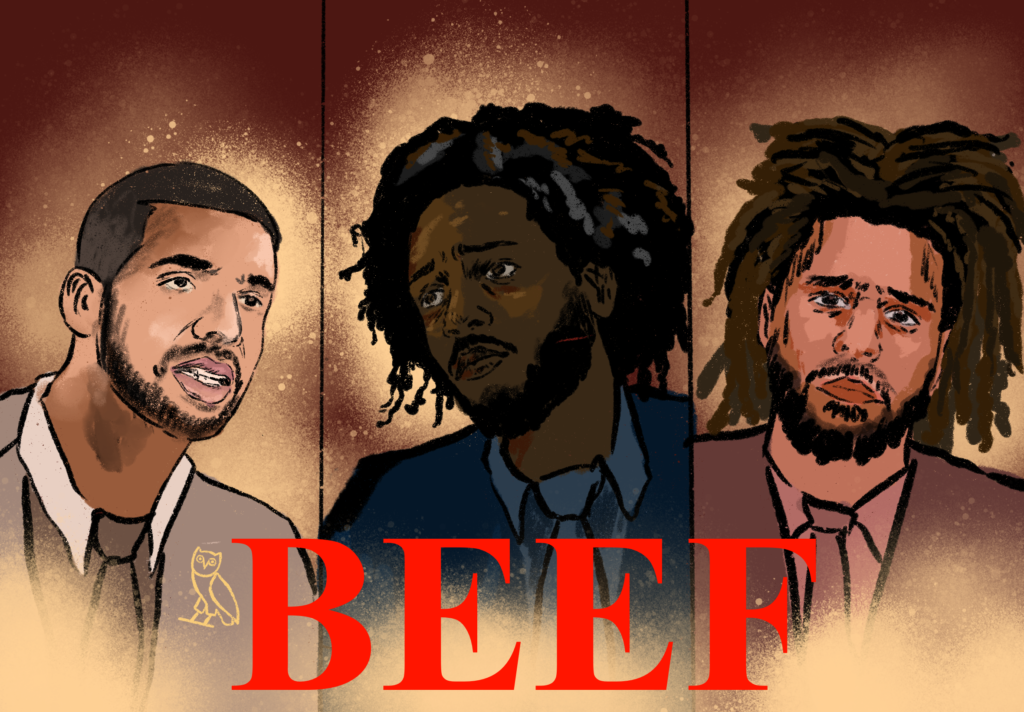California has long housed some of the strongest LGBT+ communities in the world: San Francisco is known as the gay capital of the world; Los Angeles had the first openly gay mayor in America; and the first legally married gay couple were wed in California. The list goes on, and the point stands. California has an incredibly accepting, forward-thinking history in terms of the LGBT+ community.
On October 15, the state extended this legacy, when Governor Jerry Brown signed into law the Gender Recognition Act, giving people of non-binary gender a third gender option on all official forms. This option is gender-neutral.
In America — and the whole world, in fact — LGBT+ voices have been silenced throughout history. People are squeezed into restrictive categories of ‘male’ or ‘female’ based on outward appearance and forced to love whomever society tells them to. If a boy wants to wear a skirt, he may be shamed for liking ‘feminine’ things. If a girl cuts her hair short, she may be called a ‘dyke.’. Someone who is neither a boy nor girl isn’t likely to find the appropriate gender bubble on, say, a standardized test.
Californian law is trying to change that; now, when non-binary people look at their drivers’ licenses, they need not see a gender that they no longer identify with. They need not see an ‘F’ or ‘M,’ legally pinning them to something they are not.
The Gender Recognition Act won’t take effect unitl September of 2018. But then it will allow transgender or gender non-conforming people to request a new birth certificate, showing a gender-neutral option rather than one that does not reflect the individual. This legal ‘rebirth’ is also an opportunity for figurative ‘rebirth’ into the proper gender. Henceforth, Californian birth certificates, IDs, and drivers’ licenses will allow for inclusive representation of a traditionally overlooked minority.
Beyond the simple act of acknowledging gender non-conforming people, I believe that the Gender Recognition act will bring the everyday issues of non-binary people into the spotlight. Many gender fluid people, transgender people, intersex people, and others struggle with gender dysphoria and misrepresentation. To them, a letter denoting the correct gender may mean much more than it would to a cisgender male or female. It could mean closure after years of doubting themselves, maybe even doubting their fundamental right to belong to a society. It could mean reassurance that they and their gender identity are valid or that they have a right to identify however they feel.
Still, if the Gender Recognition Act is a step towards a more accepting and inclusive world, it is also, on its own, far from enough. Deeply entrenched stigmas remain against members of the LGBT+ community, and those citizens who do not conform to the gender binary. These stigmas are strong enough for Chechen authorities to round up and detain gay men in secret detention camps, as was reported earlier this year;; they are strong enough to justify discrimination based on “religious freedom” and they are strong enough to justify the more than forty percent of transgender adults that have attempted suicide at least once in their lives, according to the National Center for Transgender Equality.
Every state, every country should follow California’s lead by taking steps to ensure the inclusion of the marginalized LGBT+ community.




